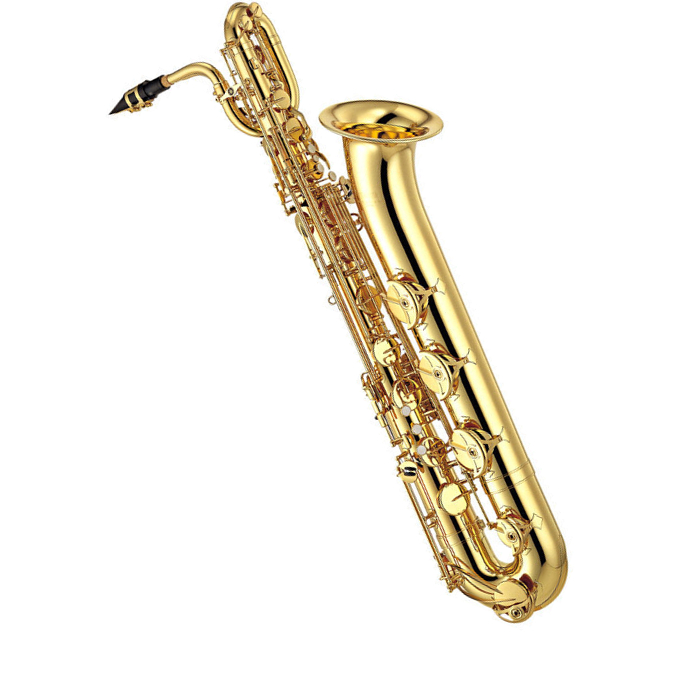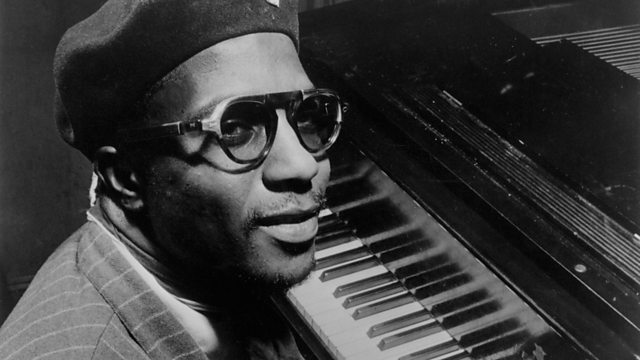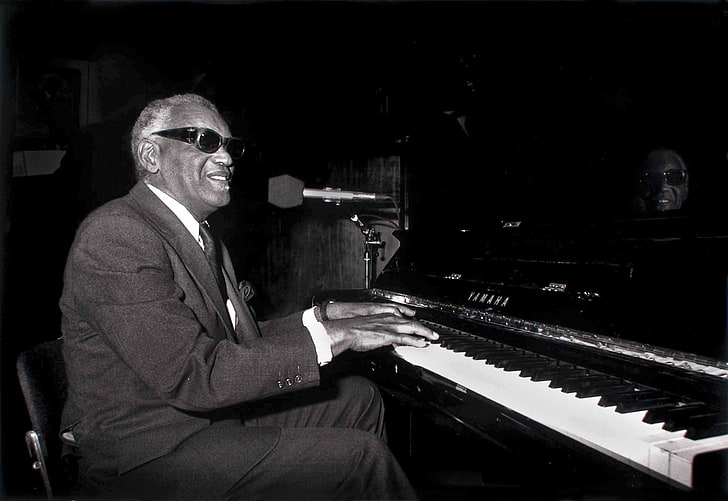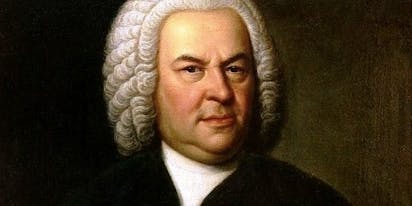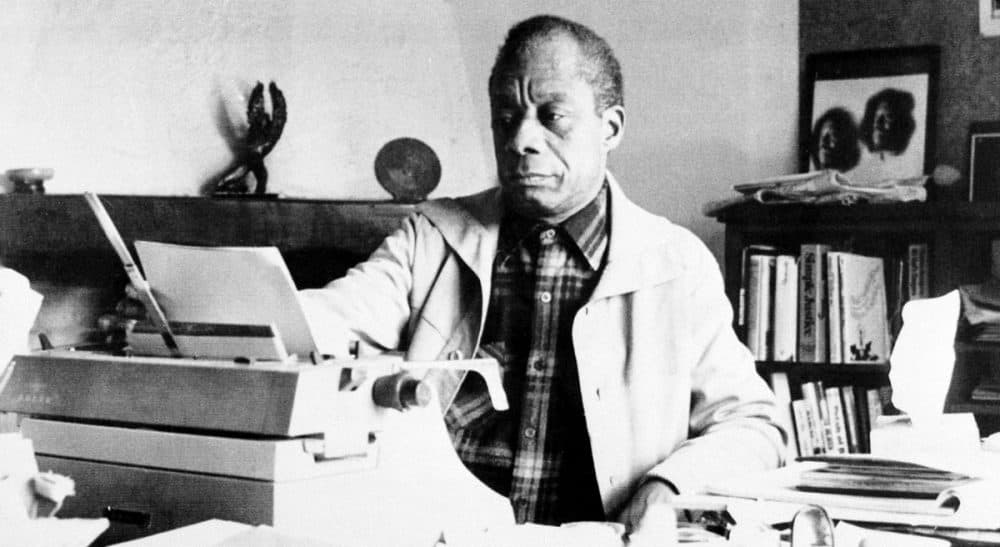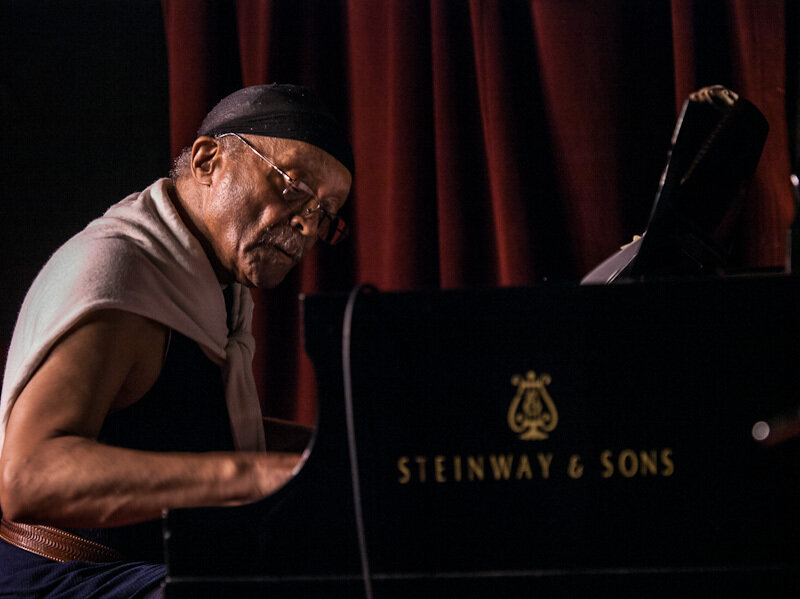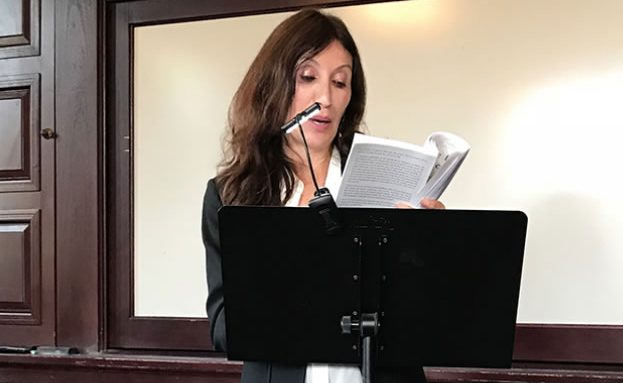As parents, we are constantly worrying about making the best decisions for our children. We want them to grow up to be healthy, happy, confident, kind… the list is endless.
Thinking of how to accomplish all this can be overwhelming, but I have good news!
As a music educator specializing in early childhood education, I know that there is one simple thing you can do to help your child grow in all areas of their development, and it’s actually fun!
Of course, it’s music.
Over my career, I’ve had the fortune of being able to lead music classes at Merriam School of Music for hundreds of young children, and I’m happy to share some of my favourite activities that are simple, fun, and have some amazing developmental benefits too.
I use all of these at home with my two young boys, so I know they work well both inside and outside the classroom.
Early Childhood Music Education
Music plays an important role in childhood. Can you remember a song from when you were young? Maybe it was a song you learned in school or a song a family member sang to you. Music has an incredible way of staying in our memories.
Combining music and movement does more than just create memories; it can be a tool for almost all aspects of child development. Social-emotional development, language development, fine and gross motor skill development, and cognitive development are all nurtured with music.
Benefits of Music and Movement Activities for Preschoolers
Here are some of the benefits of adding music and movement activities to your young child’s routine, and some ideas and resources to get you started.
Keep in mind that many of the links lead to Youtube, but I’m not recommending your child watch the videos. Instead, I suggest using them as a reference for yourself to learn the songs and actions, or you can turn the screen off and just listen to the music together.
Social-emotional development
Turn-taking
Songs that use call-and-response help develop social skills like waiting and turn-taking. Use songs where one person sings one line and the other echoes it back.
Down By The Bay. This classic includes an echo on each line and the chance for your child to make up their own silly rhymes.
Going on a Picnic. This requires a slightly different response. Instead of a pure echo, the caller asks a question and the responder answers. “Did you bring the juice box?” “Yes, I brought the juice box!”
Self-Regulation
Music games that feature changes in tempo help young children practice emotional control and energy regulation, as they repeatedly need to bring their energy levels up then down, calming their bodies, voices and feelings.
You’ll be surprised how long their attention span lasts when they can use both their exuberant and calm energies.
Freeze Dance. Control the starting and stopping of the music yourself, or use a freeze dance song like Jack Hartmann’s Monster Freeze Dance
Sleeping Bunnies. This classic preschool game requires your child to alternate between laying down and sleeping and hopping around.
We Are the Dinosaurs by The Laurie Berkner Band. This fun song gets your child to alternate between stomping, eating, resting, and roaring!
Building empathy and recognizing emotions
Songs about emotions can help children identify their own feelings and the emotional cues of others. Songs with a narrative can help a child understand how someone else might feel in a situation, and in turn, help them recognize another’s point of view and build empathy.
If You’re Happy and You Know It. This is a standard song of circle time for good reason. It helps a child name their own emotions, and see what emotions can look like on the faces of others.
Puff the Magic Dragon. This beautiful song about growing up tells the story of a boy and his imaginary dragon friend. The boy soon grows up and stops visiting his dragon, who retreats back into his cave out of sadness. Listen to the song (or sing through the storybook) and talk about how the boy and Puff feel throughout the story.
Going a Bear Hunt. This is an exuberant adventure tale of a family who walks through forests, rivers, snowstorms and caves and boasts about how brave they are. When they finally come face to face with a bear, that all changes. As well as having a steady beat and fun sound effects, this action song allows a child to act out being brave, scared, and eventually relieved. Watch this video by the Wiggles to learn the song and actions.
Strengthening self-esteem
Music and movement activities are a wonderful way to build a child’s self-esteem. The opportunity to be creative and express their feelings, especially in a group, can strengthen their feelings of confidence and autonomy.
Give them opportunities to engage in free-play musical activities and comment and copy what they are doing.
Free Dance. While parents may be reluctant to let loose, preschool teachers know the magic of a dance party. Make a playlist of favourite songs and allow your child to move to the music however they feel. Commenting and copying “I see you’re twisting your hips – I want to try!” gives your child a sense of accomplishment and the confidence to try new things
Free musical instrument play. Again, let your child choose their favourite kids songs and bring out some real or homemade instruments. Play along however you like – fast, slow, loudly, quietly. This allows your child the freedom to try new ways of doing things.
Follow-the-leader games. Using movement or instrument play, put on a song and take turns being the leader or the follower. The leader chooses how to play or move and the follower must copy what they do.
Language Development
Vocabulary Building
Many songs use words we don’t use in everyday conversation. When combined with pictures or actions, children can build connections between the lyrics and everyday life. There are songs that teach names of animals, vehicles, foods, feelings and more.
When playing an instrument or moving to music, your child can practice positional words like over, under, around, and beside. “Shake above your head. Scratch in the middle of the drum.”
Tap Your Sticks by Hap Palmer. Grab some sticks and follow the positional directions like tapping in the air, on the floor, to the left and right, and behind you.
Head, Shoulders, Knees and Toes. This classic nursery rhyme and action song is a wonderful way to teach young children the names of body parts. This version by Super Simple Songs also speeds up, adding a repetitive and fun component.
The Hokey Pokey. One of the most popular children’s songs, this circle dance helps children learn the parts of their body as well as positional words like right, left, in, out, and around. A warning if you are going to watch a video of this song (like the attached version from The Learning Station) – most children will mirror what they see, meaning they’ll be using their right hand instead of left hand.
Auditory Discrimination
Music and movement games often require attentive listening for sound cues. The ability to pick out distinct sounds is not just a musical skill – it is correlated to literacy skills and a child’s ability to isolate sounds in words.
To develop active listening skills, listen to music with sound cues or music with sounds that need identifying.
Jim Gill’s Hammer and Saw. In this fun song about tools, children learn the sounds of various tools and either do an action or play the corresponding musical instrument when they hear the sound cue. For example, when they hear the sound of sandpaper, they can either rub their hands together or play sandblocks. They need to focus and listen carefully to identify each sound being played.
What Do You Hear? The team at Super Simple Songs created this musical game that asks children to name the animal sounds they hear throughout the song. Pre-Ks who could use a more difficult challenge could be asked to name sound effects from common items, like clocks, firetrucks, or faucets.
Physical Development
Gross Motor Skills
Structured and free-movement activities help children with their budding strength, balance and muscle control. Preschoolers are still working on their ability to run, jump, stand on one foot, throw, and catch.
You can practice these skills by adding props like silk scarves, balloons, ribbons, or balls to your free dances.
For free movement activities, I prefer classical music so that children focus on the music as opposed to the words.
Use soft balls or scarves to have an indoor snowball fight along with Trepak from the Nutcracker. For an additional listening challenge, try to time your throws to the swells in the music.
Pretend to buzz around the house to The Flight of the Bumblebees. Cut out some flowers and hide them around the room, then see how fast you can fly around to each one, collecting nectar.
Fine Motor Skills
Young children are still developing their fine muscle control. Playing musical instruments like drumsticks, bells, and shakers can help a child with their grasping and controlled release of objects.
Fingerplay songs help preschoolers isolate their fingers muscles, an emerging skill that will eventually allow them to hold a pencil, tie their shoes and play the piano.
Finger-naming songs, such as Where is Thumbkin. Encourage your child to hold up each individual finger as they sing this classic 5-finger nursery rhyme. Be warned – the ring finger can be very hard for a young child to isolate so that one might be frustrating for 2 to 3-year-olds.
Countdown songs like 5 Little Ducks require children to bring individual fingers down instead of up. For an extra challenge, try bringing down the fingers in different orders to strengthen the weaker middle, ring and pinky fingers.
Cognitive Development
Representation
Pretend play allows a child to better understand the world around them. Storytelling through music can be a wonderful way for children to act out a scene, take on a character, and represent their feelings.
Many pieces of classical music were written to tell a story, which you can listen to and act out with your child. Using the changes in the music as cues for what is happening in each tale.
Vivaldi’s Spring was written to represent a story of birds. First, pretend to be birds flying around the sunny sky, then bathing in the stream. When the music changes, you must hide away from the thundering storm until it clears again.
Greig’s In the Hall of the Mountain King tells the tale of Peer Gynt, who sneaks into a hidden mountain lair, then must run away from the troll king and his henchman, slamming the doors behind him as he runs to safety. Keep in mind, this one can be too scary for some!
Classifying and Seriating
Listening to a variety of sounds and instruments can be a wonderful way to practice grouping and organizing, which are important early math skills.
Classifying sounds: Find objects around the house and group them into items that make sounds and those that don’t. For an extra challenge, take the objects that make sound and together put them in order from loudest to quietest.
Learning instrument families: Learn about the instruments of the orchestra and how to classify them into families like woodwinds, percussion, and brass. John Lithgow’s storybook Never Play Music Right Next to the Zoo is a wonderful introduction to the instruments of the orchestra
Identifying Patterns
Music often follows a pattern of verses and choruses, and structured dances often follow a pattern called a form. Children can learn to identify these patterns and predict what comes next.
Singing and dancing along to a repetitive movement song, like The Laurie Berkner Band’s The Goldfish, helps a child predict what words, actions, and music changes are coming up. Have fun predicting when it’s time to say “Wait a minute…we’re fish!”
Create your own structured partner dance at home. Use a song with a distinct pattern and come up with a movement to use every time. For example, if you use the song Happy by Pharrel Williams, on the verses you can hold hands and turn around in a circle, then on the verses (“Because I’m happy”) dance away from each other and clap, then return to holding hands on the next verse.
There are many benefits of music and movement activities for your child, including strengthening their social skills, self-esteem, and physical and cognitive development, but maybe the most important is the positive memories you’ll make together.
About the author: Christa Richards is a music education specialist, early childhood educator, and mom of two energetic (and musical!) boys. She holds a bachelor’s degree in Musical Theatre, has performed for young children across Canada, and has been leading the preschool music program at Merriam School of Music since 2010.
The post Benefits of Music and Movement Activities for Preschoolers & Toddlers | How You Can Implement Them at Home first appeared on Merriam Pianos
2359 Bristol Cir #200, Oakville, ON L6H 6P8
(905) 829–2020



















